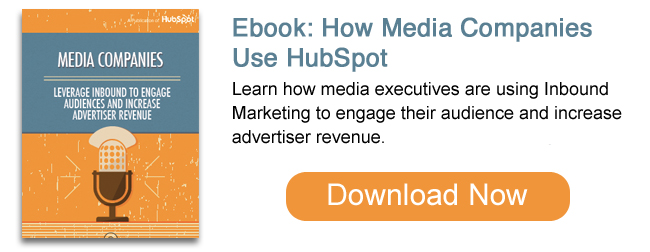 For decades, every media kit has been touting the same basic demographics: number of readers, gender, ages, HHI, geographies, education, job title, industry, buying intent, authority (ability to buy), budget, etc. In the ‘70s, the kits began to include psychographics — beliefs, attitudes, opinions, and values.
For decades, every media kit has been touting the same basic demographics: number of readers, gender, ages, HHI, geographies, education, job title, industry, buying intent, authority (ability to buy), budget, etc. In the ‘70s, the kits began to include psychographics — beliefs, attitudes, opinions, and values.
Both psychographics and demographics are important for building a portrait of your audience. But often that information is no longer enough to distinguish your media property from a competitor’s. Advertisers have more choices than ever before. Especially given how buying behavior has dramatically changed.
Your advertisers are hungry to know more about who buys their products or services. They’re desperate for information to improve their messages, target their brands, and influence sales.
Media companies with behavioral data about their audience have a distinct competitive advantage. Why? Although useful, demographic and psychographic data tend to be self-reported and static. Self-reported data (age, weight, height, what I say I believe, etc.) is also not the most accurate or credible.
Behavioral data (e.g. online web visits) is factual. It’s not self-reported. When captured in real time, and updated constantly, it provides a more accurate and dynamic portrait of your audience.
With dynamic data in your arsenal, you can slice and dice your audience in ways no other publication can. Best of all, your advertisers will pay a premium to reach those uber-specific segments.
You’re in the Perfect Place
As an established media company, you have a tremendous advantage. You have a loyal audience that returns for more of your content. You also attract new visitors because your information is so good.
If you’re like most online businesses, you’ve got an analytics package on your site. Even if it’s just Google Analytics, you’re tracking your audience’s reading habits.
But unless you’re capturing behavioral data in a responsive contacts database, you have no place to store, discover, and analyze each visitor’s behavior. A responsive contacts database is active and dynamic. It consolidates subscriber information and web visitors’ online/offline (web, email, social media, phone, events, etc.) activity. The data is updated in real-time and can be managed using a dashboard-like interface for analysis.
Now — Timing It Right
If you could capture each visitor’s information and attach it to a specific record in your responsive contacts database, you would have information no one else does.
Imagine offering a beekeeping supplier a package that targets only readers who are ready to buy her supplies. Think she’d value that? “But,” you’re wondering, “How can I tell which readers are ready to buy and when?”
With the right software platforms in place, you’re tracking and analyzing each person’s demographics, psychographics, and behavior. You’ve learned that if someone:
- Has viewed six particular blog articles on beekeeping
- Attended a two-part webinar on how to make money with bees
- Watched a video (all the way through) on “How to Set Up Your First Hive”
- Downloaded your eBook on “The 7 Essential Elements on Setting Up a Beekeeping Business” within the last two weeks
— you know they’re ready to buy beekeeping supplies.
You know this because other advertisers have reported back to you about these leads — who bought, when, and how much. You uploaded that info into your contact responsive database and matched readers’ individual records. Now you have a complete ROI report for that advertiser.
Woohoo! That’s what brands want. Directly attributable sales. Confirmed marketing ROI. What advertiser could resist such a compelling solution?
Your Next Steps
If you agree this is where the future of advertising and marketing is headed, we suggest these next steps:
- Talk to your advertisers and discover what they really need from your publication. What’s their biggest problem: awareness, interest, sales? What aren’t they getting from your current advertising packages? What would it take for them to invest more advertising dollars with your media property?
- Take stock of your ad sales reps’ knowledge, skills, and abilities. To what degree do your advertisers trust and rely on them for solutions that work?
- Evaluate your technology infrastructure and see what you need to do to support this new direction. e.g. If you don’t have a responsive contacts database now, how can you put one in place? What will it take?
Once you have answers to these questions, you can create your action plan to take advantage of the new ways people are buying today. And you’ll be able to offer new, higher value-added packages that provide great ROI for your advertisers.


